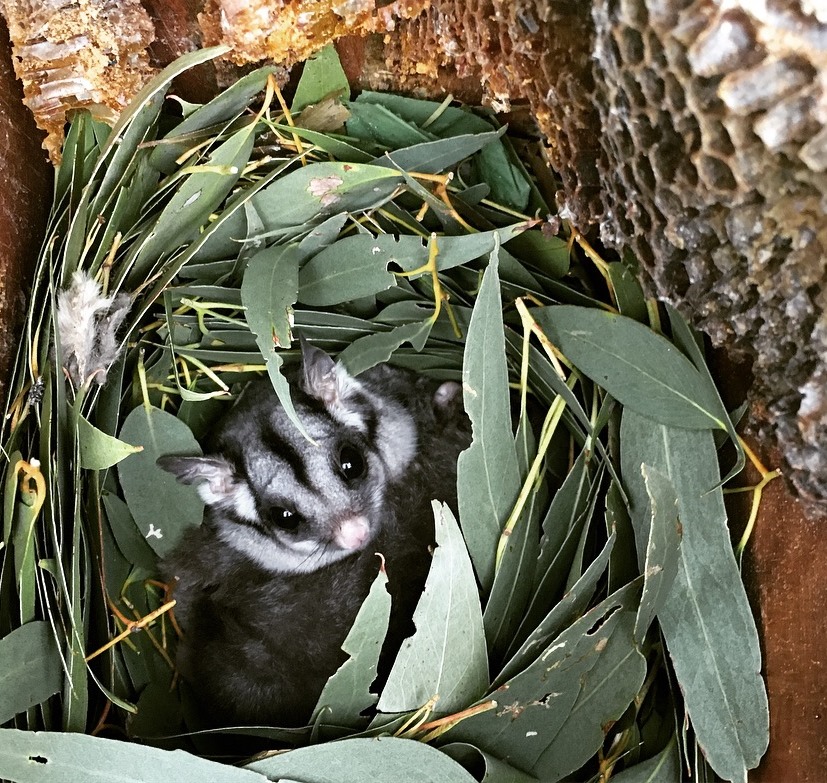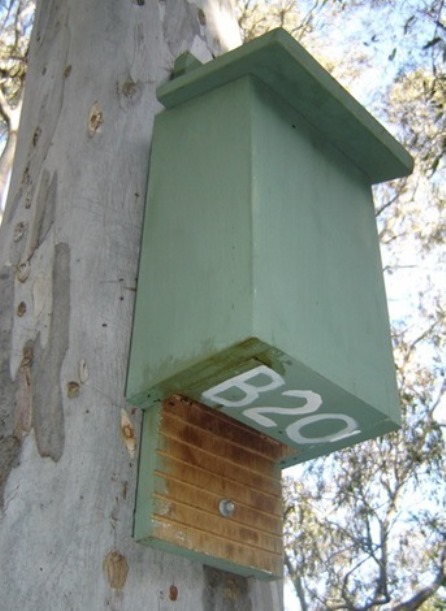Nest boxes are widely used in Victoria by community groups, researchers, and government and non-government organisations to provide habitat for native hollow-dependent fauna. This represents a considerable investment of resources, including an enormous volunteer effort. Despite this investment and activity, the extent of nest box use is not well documented, and the outcomes for fauna are unclear. ARI asked for information from those involved in nest box programs to understand more about the number and distribution of nest boxes in Victoria, what animals were using them, and whether monitoring data was being collected.
We received details for nearly 10,000 nest boxes across the state:
- 81 respondents provided information on 98 programs that support 9986 nest boxes
- Programs installed from 1 to 1100 nest boxes
- 43 community/interest groups had installed 72% of the nest boxes
- Reasons nest boxes were installed included: to support wildlife, particularly threatened species; as a response to a lack of hollows; to contribute to habitat connectivity; to engage the community with nature
The 98 programs found 33 native mammals and bird species, including several threatened species:
- The most common native animals found were Sugar Gliders, brushtail possums, Brush-tailed Phascogale, Common Ringtail Possum, Agile/Yellow-footed antechinus, Crimson/Eastern Rosella, microbats and Australian Owlet-nightjar
- 78% of programs recorded at least one animal they were targeting
- 34% of programs recorded European Honey Bees
- 65% of nest boxes were monitored at least once per year
- 64% of programs had stored monitoring data; a few had completed statistical analysis and published results


These programs represent a large source of potentially valuable data, with more installed nest boxes likely not captured by this project. Increased support for nest box programs to develop robust program design, monitoring, data storage and analysis, and publication/dissemination of results, would help inform better use of nest boxes to suit animals and their conservation needs.
Many people contributed their nest box information to this project; this is very much appreciated.
This project was funded under the Victorian Government’s Biodiversity On-ground Action - Regional Partnerships Landscapes and Targeted Action program.
For more information contact: phoebe.macak@delwp.vic.gov.au
An article on the project is available below, with results summarised in a booklet, as well as two fact sheets on nest boxes (general guide and monitoring):
- Macak, P.V. (2020) Nest boxes for wildlife in Victoria: an overview of nest box distribution and use. The Victorian Naturalist 137(1): 4-14
- How many nest boxes are in Victoria? – project and results summary (PDF, 1.5 MB)
(accessible version (DOCX, 23.2 KB)) - Use of nest boxes fact sheet – general guide (PDF, 613.6 KB)
(accessible version (DOCX, 4.7 MB)) - Learning from nest boxes fact sheet – monitoring and storing data (PDF, 716.2 KB)
(accessible version (DOCX, 7.5 MB))
Page last updated: 03/01/25